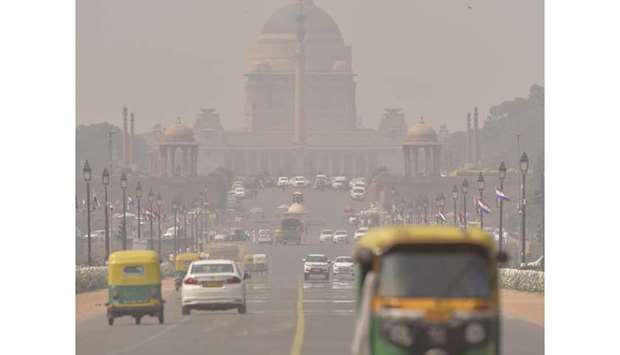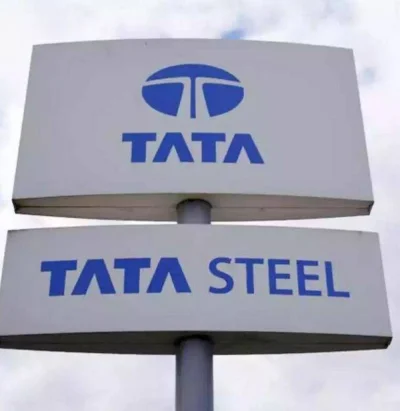New Delhi banned the use of diesel generators yesterday as pollution levels in the Indian capital exceeded safe limits by more than four times.
Every winter, New Delhi is enveloped in a noxious blanket of smog of car fumes, industrial emissions and smoke from stubble burning at farms outside the megacity of 20mn people.
The ban on generators is part of the Graded Response Action Plan (GRAP) that entered into force yesterday.
Other measures that will come into effect as smog levels rise, particularly following the Diwali festival in late October, include banning trucks and setting up a “war room”.
From November 4-15, a road-rationing scheme will come into force, meaning cars with odd and even plates would be allowed on alternate days in that period.
“We will hand out anti-pollution masks to schoolchildren next week but the date is yet to be decided,” an official said.
Authorities have also sought to reduce the burning of stubble by farmers in areas surrounding Delhi.
According to government data, concentrations of particles measuring less than 2.5 microns across – which can penetrate the lung barrier and enter the blood – hit 108 micrograms per cubic metre yesterday.
This was more than four times the recommended World Health Organisation safe daily maximum of 25.
In previous years, the level has regularly exceeded 400.
Meanwhile, Delhi Environment Minister Kailash Gehlot wrote to federal Minister of Earth Sciences Harsh Vardhan seeking sharing of data and technology of the ministry’s System of Air Quality and Weather Forecasting And Research (SAFAR) to establish the causes of pollution during winter.
In the letter, Gehlot said stubble burning in the neighbouring states in November has always contributed significantly to higher PM2.5 levels in Delhi.
He said that SAFAR had stated that farm fires contributed just 2% to Delhi’s overall PM2.5 concentration and it has been indicated that it is likely to increase to 6% by October 15.
“I understand that your ministry is equally concerned with the pollution levels in Delhi and both governments (Delhi and Centre) can work together to reduce pollution levels in Delhi,” he said.
Gehlot said the air quality monitoring stations under the Delhi Pollution Control Committee are able to furnish data on PM 2.5 concentration, but sought SAFAR’s help since it “has the technology to indicate contribution in terms of percentage of stubble burning towards PM2.5 levels on a particular day.”
“This means that SAFAR also has the technology and equipment to do some allocation of pollution on real-time basis,” he said, requesting Vardhan to grant access to data on sources of pollution on each day in the last one week.
The minister said this will help “us take correct decisions immediately”.
“I would request you to share the technical expertise developed by SAFAR in this regard so that the Delhi government can benefit from it.”
SAFAR envisages a research-based management system where strategies of air pollution mitigation go hand in hand with the nation’s economic development to target a win-win scenario, according to its official website.
Through SAFAR one can know the city’s air quality. It provides overall city pollution and location-specific information on air quality in near real-time and its forecast 1-3 days in advance.
It has been combined with the early warning system on weather parameters.
On Monday, the Supreme Court asked the Ministry of Environment, Forests and Climate Change to submit a status report on the recommendations of a high-level task force set up to look into stubble burning in capital’s neighbouring states.
Over the years, rampant stubble burning has been reported from Punjab, Haryana and western Uttar Pradesh. The court is hearing a matter related to pollution in Delhi and the national capital region (NCR).
The task force, comprising experts and senior officials of various departments, was set up by the Cabinet Secretariat in November 2017, to address air pollution in Delhi-NCR region. It recommended several measures including mechanical disposal of stubble to prevent its burning by farmers.
Last year, a UN report found 14 of the world’s 15 most polluted cities were in India, with one US study saying it kills a million people prematurely every year.

The area around the Rashtrapati Bhavan, presidential palace, and government buildings in New Delhi is enveloped in a blanket of smog yesterday.


